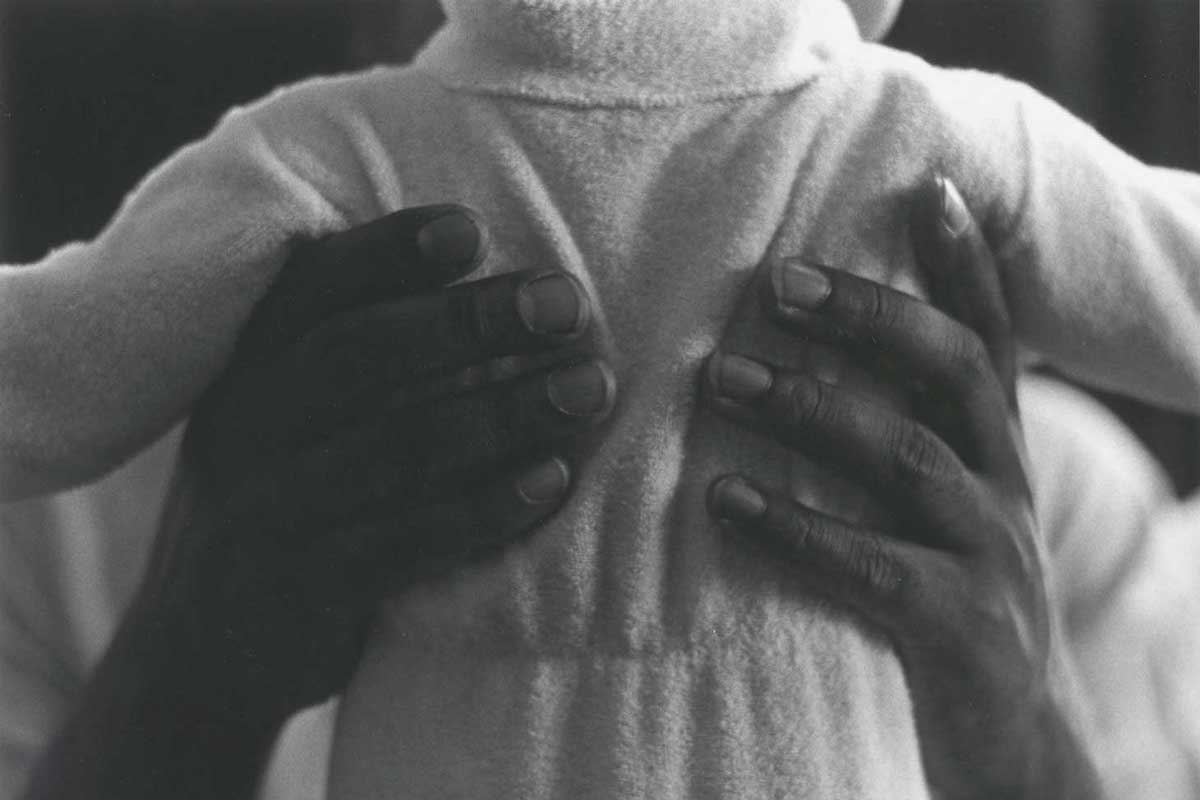Roy DeCarava, “Bill and son” (1962). © The Estate of Roy DeCarava 2018. All rights reserved. Courtesy David Zwirner. Featured Image
[dropcap]When[/dropcap] I think of Harlem, I see a neighborhood that’s defined by its past while struggling to shape its future. The tension between Harlem’s rich, complex history and the persistent threat of cultural erasure has created an imperative for current work that draws on Harlem’s enduring artistic legacy while pushing new boundaries. Photographers like Roy DeCarava created a visual language around Harlem life in the 1950s that centered on the beauty of the people within the community. In the decades since, DeCarava’s work has become a visual point of departure for directors including Barry Jenkins and Kahlil Joseph, who take visual cues from DeCarava’s oeuvre and engage them in new ways. [mc4wp_form id=”6042″]
In the film If Beale Street Could Talk, Barry Jenkins adapts James Baldwin’s tale of love and injustice, diving deep into the story of a young couple living in 1970s Harlem. Kahlil Joseph uses montage in his latest video Fly Paper to take viewers on a manic exploration of memory using the sights and sounds of modern-day Harlem. Its title is an homage to DeCarava, whose artistic influence is echoed in Jenkins’s and Joseph’s work through their use of emotive portraiture and captivating storytelling. DeCarava’s seminal work, The Sweet Flypaper of Life, transformed image into prose in a book that introduced readers to 1950s Harlem through the thoughtful words of Langston Hughes. After 35 years the work has been re-issued by David Zwirner Books, introducing a new generation to this special collaboration. These three works, as different as they are, tell an inter-generational saga of Harlem life that pay tribute to the community through stunning portraits.



You must be logged in to post a comment.